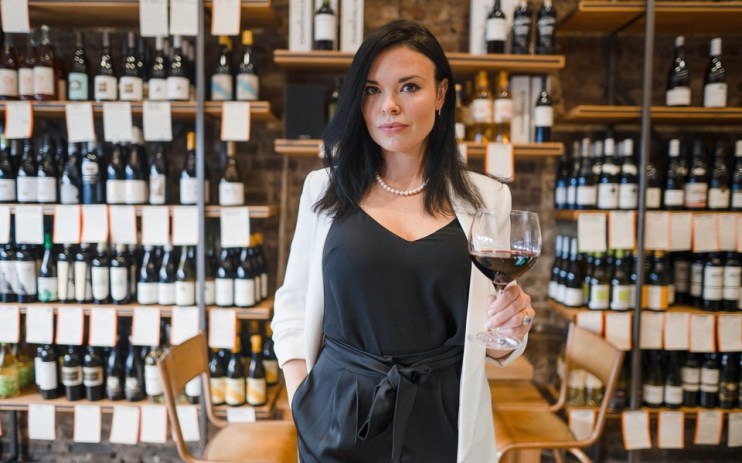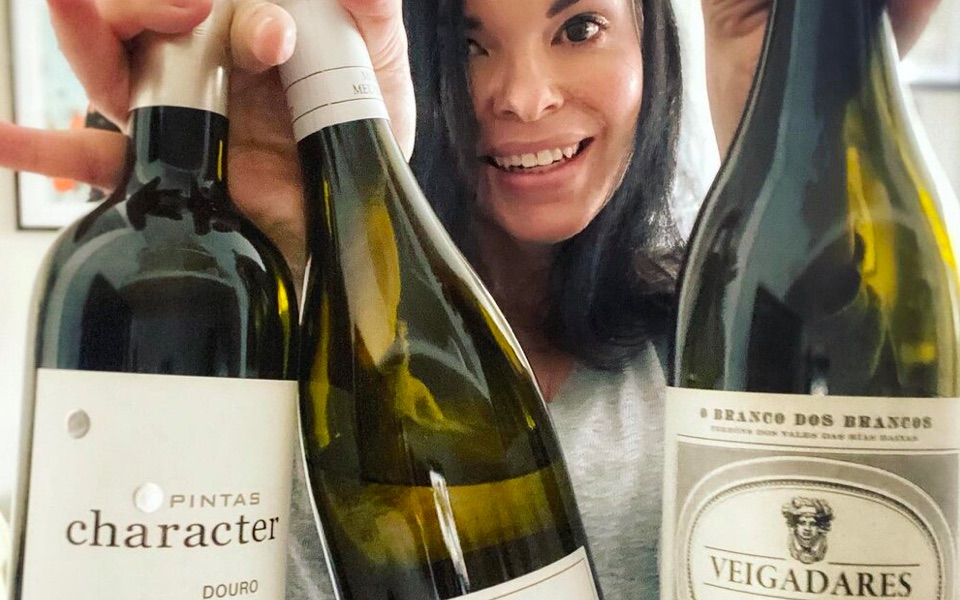How to Navigate restaurant wine lists post-lockdown

It’s happening. Things are shifting. Spring is in the air and soon restaurant terraces will be open for business and shortly after that (please oh please) inside restaurants too. I am among the thousands who are chomping at the bit to see friends and loved ones over a plate of linguine and a nice glass of wine.
More importantly, a plate I haven’t had to spend time preparing. Most importantly, a plate I don’t have to wash up afterwards. Oh, the bliss of having delicious food delivered to your table and then whisked away afterwards – but there is one thing that is troubling me…
Confined to our homes and without the expenditure of socialising (not only the bill itself but the cost of taxis home and – should the occasion warrant – a blow dry or manicure to boot) the amount people have been spending on their wine at home has increased. You aren’t spending tons dining out, so you may as well splash a bit more on that bottle and get something ‘restaurant standard’.
We now know we can get a lovely bottle of wine to go with dinner at a reasonable price and may baulk when we see the same wine listed at two, three or even four times the price on a restaurant menu.
It is the job of the bar or restaurant to provide good wine and make a profit in doing so. No establishment worth its margarita salt is going to put a wine on the list they think is bad. That’s not good business. But the mark ups can be steep, so how best to navigate the wine list?
Venues know that well-known grapes will sell because people recognise them – and they know how to pronounce them (sorry Agiorgitiko*, there’s a reason you’re not being picked). The Cabernet Sauvignons, Pinot Grigios and Sauvignon Blancs are the definition of a safe bet as people will always order them. The mark up on these babies can be comfortably high.
My top tip is to look for the unusual grape. The lesser known wine on the list that the casual patron would usually gloss over – there is a reason that bottle has made it on.
Most of the time the wine is there because it impressed the sommelier or management and they wanted to back it. They know its not a guaranteed financial turn over but they want people to try this hidden gem, this new discovery. For that reason, the mark-up will be far less.
So summon up the courage to say the name, google one of those audio clips under the table or silently point to it on the menu with a meaningful nod at the waiter and try that bottle of Blaufrankisch* or Xynomavro*.
As an added bonus, if you usually drink and enjoy a certain type of wine, try thinking about its key qualities and – knowing you tend to like a fruity, full bodied red or a crisp, citrusy white – ask the waiter or Sommelier to describe this little-known wine. If it sounds like a match for you, so much the better and if not, ask them to recommend something “off the beaten track”, with your preferences in mind. It’s not only their job, often it is their love too and they will be only too happy to suggest their passion-project Plavec Mali*.
My second tip, perhaps for more special occasions, is that you will get more value for money the more you spend (sorry).

We have all fallen into the “picking-the-second-cheapest-on-the-list” trap because we don’t want to look cheap. Restaurants know we do this. They are on to us and they use it to their advantage. Often the second cheapest bottle on the wine list is the one they spent the least on and has one of the greatest mark ups.
In general, restaurants are going to mark up the cheaper bottles more than the more expensive ones. It makes sense that if they have bought a wine for £8 they might sell it for £28 at 3.5 times the cost whereas a more expensive bottle they have bought for £80 they might sell for “only” double the cost. So yes, you’re spending more but with less mark up it’s technically more bang for your buck.
Another option is to start looking for BYOB restaurants, which allow you to “bring your own bottle” for a corkage fee. Yes, there is the corkage cost but if you are bringing your favourite bottle from your favourite wine shop then you are going to enjoy the experience far more and, most probably, will be drinking far better wine for a far smaller price.
In conclusion, if you are not at a BYOB restaurant and feel like really getting the most value for money then pick a more expensive bottle of a little-known grape. If, however your budget is limited like the majority of us, then talk to your sommelier or waiter and give them the challenge of finding you the most enjoyably exciting wine for your money.
Don’t be put off by fears of wine-snobbery. I guarantee most professionals will enjoy talking about the wine with you and rise to the challenge.
* Ah-yor-YEE-te-ko, Blahw-FRAHN-keesh, ksee-NO-ma-vroh, PLAH-vahtz MAH-lee
• Libby Zietsman-Brodie is the Founder of Bacchus & Brodie, an independent wine consultant and co-creator and presenter of Boozy & The Beast: How To Drink Better – an irreverent series on wine, without the snobbery